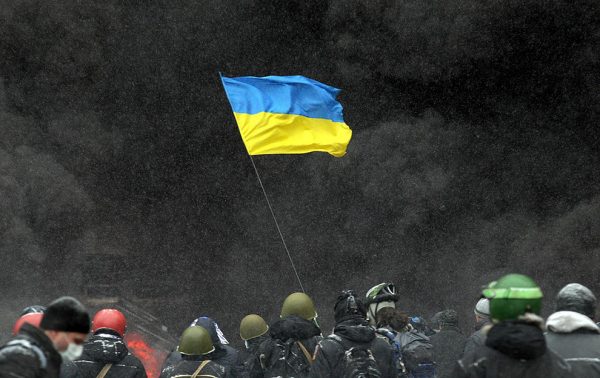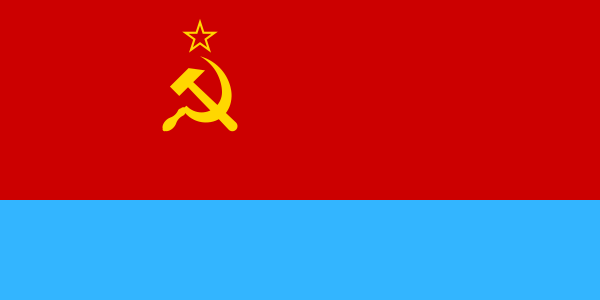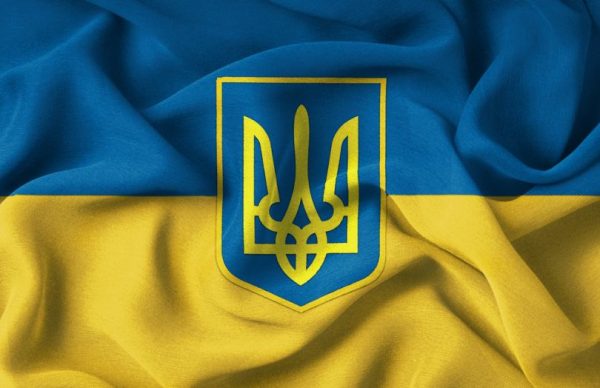As part of our series on flags of post-Soviet countries and the popularity of our Russian Flag blog, we decided to focus our next installment on the Ukrainian flag. Ukraine is a country we know well, and after pioneering our groundbreaking Chernobyl tours there for almost a decade, we decided to give you the low down on the national flag both past and present!
The Flag of Modern Ukraine:

The current Ukrainian flag consists of two horizontal bands of yellow and blue, the colors represent the wide blue skies and the yellow represents the wheat fields that characterize the country. From a psychological point of view, blue symbolizes calm, whilst yellow symbolizes joy.
The current color combination has its roots in the 12th-century flag of the Galicia–Volhynia kingdom. Officially, the flag was first used as a state flag in 1918 when it was officially adopted by the short-lived West Ukrainian People’s Republic and then used by the Ukrainian People’s Republic.
Like Russia, when Ukraine fell under the control of the Bolsheviks the national blue and yellow flag was outlawed. It was only until 1949 that the country adopted the Ukrainian SSR flag which remained the flag of state until 1991 when the country gained independence after the collapse of the Soviet Union and the yellow and blue flag was restored in 1992.
The flag of Soviet Ukraine:

Between 1919 and 1949, Ukrainians were extremely picky with their choice of national flags and changed it around every decade. All were based on the red flag of the October Revolution in Russia but it was only until 1949 that a more stable design was adopted that consisted of a red background, an azure blue stripe and a golden hammer, sickle, and star in the top left corner. Through this new flag, the Soviets managed to grab two extra seats in the UNI by adding Ukraine as well as Belarus, both Soviet satellite states, as members.
The Ukrainian Coat of Arms:

The Ukrainian Coat of Arms is officially referred to as the Sign of the Princely State of Vladimir the Great or more commonly called the Trident or Tryzub. It is in the same blue and yellow colours as the Ukrainian national flag. Officially adopted in 1992, it was designed to represent the seal-trident of Volodymyr the Great. Today it appears on Ukrainian passports and the presidential flag.
The Controversy surrounding the Ukrainian flag, coat of arms and Soviet history:
Since the 2014 revolution in Ukraine which destabilized the country and led to the loss of territory and the outbreak of violent civil war, the history of Ukrainian flags and symbols has become surrounded by controversy.
In 2015, the Ukrainian parliament passed a decommunization law that set out to destroy the Soviet past of Ukraine and banned the promotion of symbols of the Communist regime. From then on Soviet symbols are only allowed if located in a cemetery or war memorial. However, many war memorials have not been spared destruction and have been vandalized or destroyed since 2015.
In 2020, the British counter-terrorism police added the Trident symbol to a list of “symbols commonly associated with white supremacy”. This was due to the fact that a three-fingered salute mimicking the trident was adopted as the symbol of Ukraine’s far-right nationalist Svoboda party with many of its members are considered by many to be anti-Semitic, xenophobic and homophobic.





